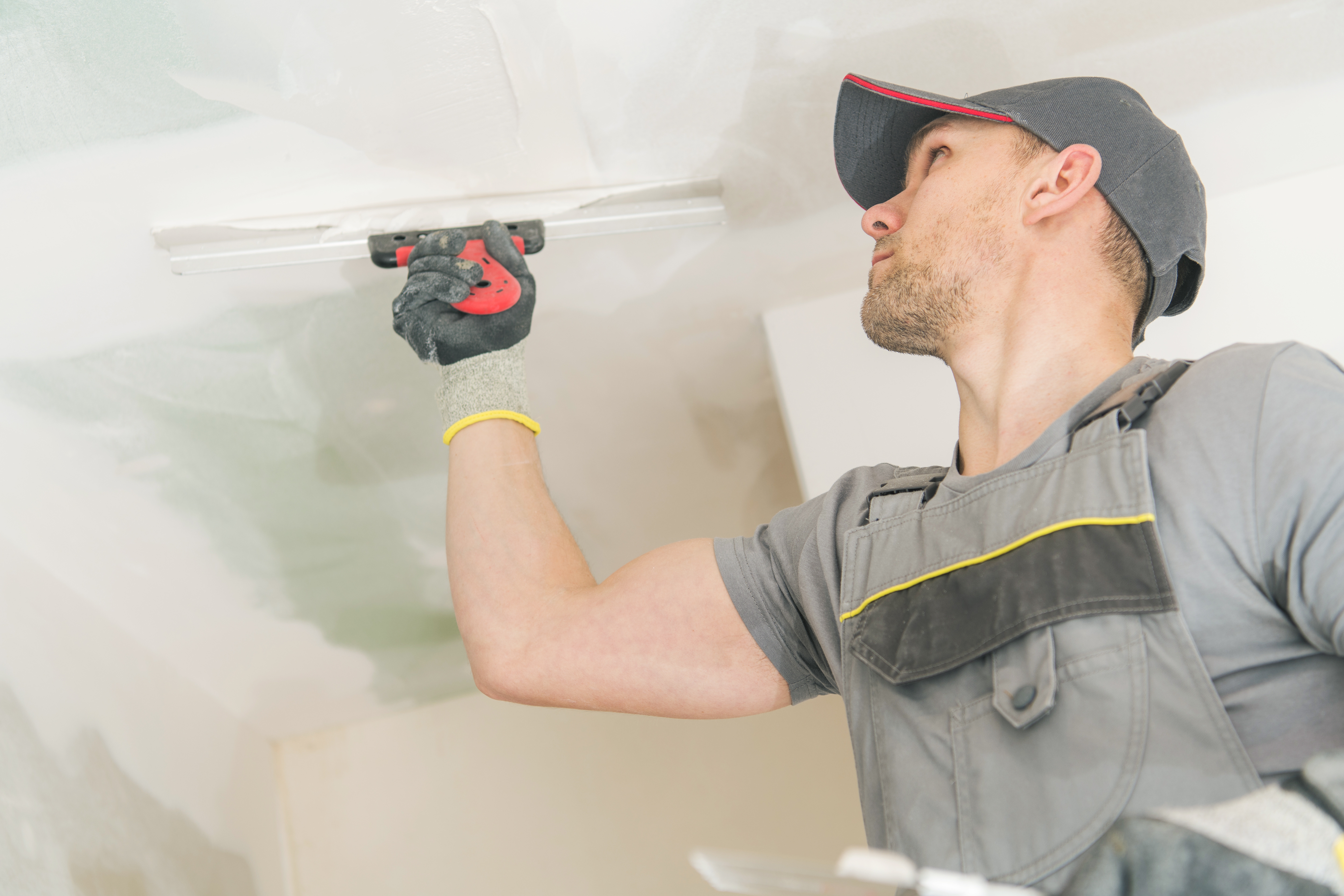So, you have a hole in your drywall. But patching it is easier than you think.
You will need:
- patch of drywall (enough to cover hole)
- caulk gun and caulk
- putty knife or spoon
- sandpaper – 120 grit or higher recommended [I would add something about sanding down patch, to create a rough surface for patch to adhere to.]
- primer (if patch is from paint)
- spackling or drywall compound
- sandable primer
Before patching, take a moment and think about why you have the hole. Is it because a screw fell out of your electrical outlet, a picture frame fell off the wall, or something more serious? Whatever it is, patching the hole means that you need to ensure your patch is going to be durable. The patch needs to fit tightly in the hole you’ve cut out and prevent moisture from getting behind your drywall, as well as take any load stress from heavy items being hung on the patch. If it doesn’t fit tight, get a patch that does.
If the patch is from paint, prime over the patch with primer before patching. This will give you a smooth surface ready for paint. [What if the patch isn’t from a painted wall? What can you caulk to make a watertight seal?]
If the patch isn’t from a paint surface, patch with spackling or drywall compound. Use patching tape to cover the patch while the patch dries. If the patch is from a painted wall, fill the patch with spackling and smooth it out. Apply additional thin coats of spackling until hole has been filled in [What should you use to patch a ceiling? What is the patch coverage area?]
For patching holes in ceilings, cover patch with insulation. For patching holes near outlets or other electrical devices (like light switch covers), put patch over hole and attach new screw directly on top of patch to make it sturdy. [What if you don’t know what the paint color is? You can use Nix Sensor to patch to match your paint color. Is there anything you can patch to the new color?]
If this patch is for patching over a different paint color, use grout or spackling. Be sure it matches the texture of your wall so that it is not noticeable. If the patch needs to be the same color as the walls, choose an off-white or light gray patching compound. Be sure to follow instructions on patching compound to get a smooth finish, and sand patch when dry [What about patching over wallpaper? What tools do you need?]
If the patch is from wallpaper, use a putty knife or spoon to scrape the paper backing off the patch while the patch is wet. Scrape onto a plastic bag so the patch doesn’t get dirty. Once the patch is dry, prime over patch with primer and smooth patching compound over patch. Sand when dry to create a smooth surface [What about patching bathroom or kitchen walls? What kind of damage can you patch?]
For patching holes in bathrooms or kitchens, use spackling compound. Spackling compounds are created to patch large, wet areas. Check patching compound for mold resistance and take care not to inhale while sanding [What about patching drywall? What patch should you get?]
For patching holes in drywall, patch with patch of same thickness. Cut the hole slightly smaller than the patch so that patch will fit tightly.
Be sure patch and patching compound is properly sanded (you can use a sander or sandpaper) before painting patch to create a smooth surface for paint [What should be done about patching holes in ceilings? What other steps need to be taken?]
For patching holes in ceilings, place insulation over patch after patch and patching compound has dried. If the patch is near electrical outlets or switches, attach patch to wall and cover patch with new switch or outlet cover [Is there anything else I should know about patching? How long does it take for patching compounds to dry?]
Patch needs at least one hour of drying time before painting over patch. Patch will look patchy while wet, but will dry flat and create a patch that does not look like a patch. If patch patch becomes wet before drying is finished, sand down patching compound to make it smooth again [Is there any way I can get out of patching? Is patch really necessary?]
If patch isn’t absolutely necessary (such as if patch is in an area that won’t be seen by guests or family), patching compound doesn’t need patching. Use spackle to fill patch and sand until patch becomes smooth.


